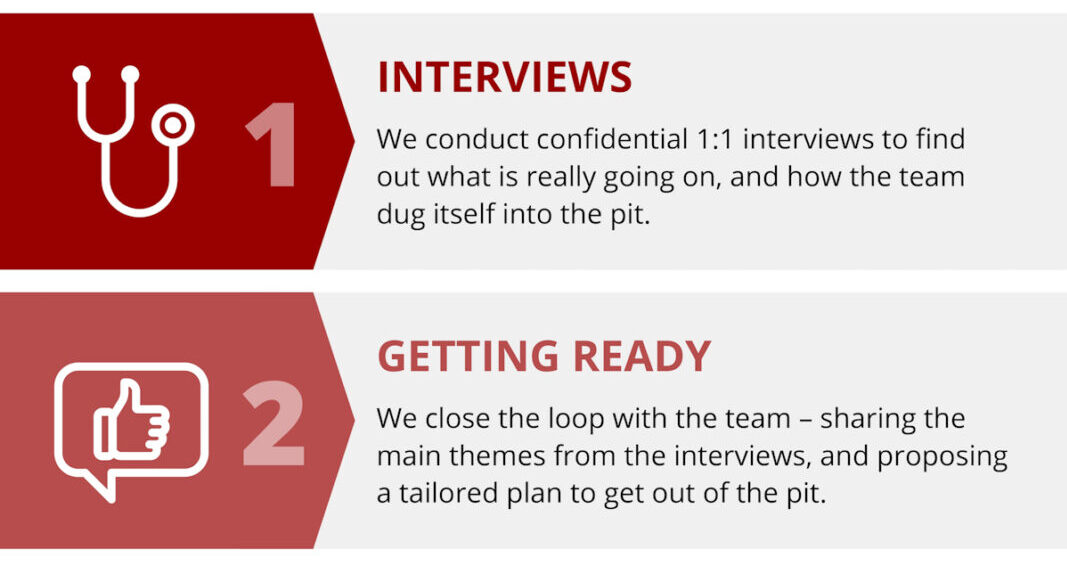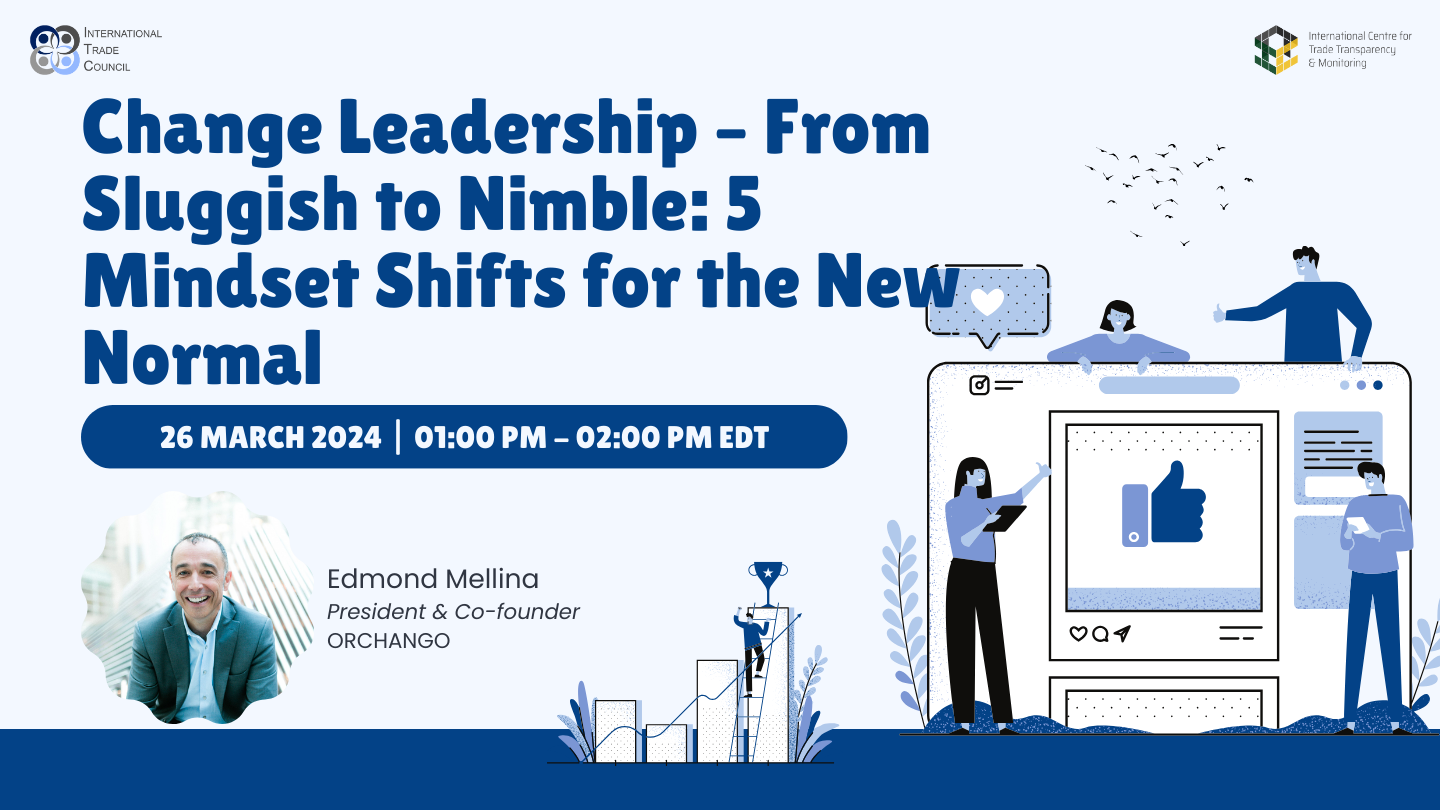How do you transform the dynamics of a team (leadership or otherwise) from dysfunctional to…
Neuroscience explanations: consume in moderation

A conference got the author to reflect on his ambivalence toward neuroscience… Article first written for the blog of HR People & Strategy (USA) – the executive arm of SHRM, the world’s largest HR membership organization. Also appeared on the blog of the Strategic Capability Network (Canada).
——————
I am ambivalent toward neuroscience.
On the one hand, I have a general interest in brain research and I am fascinated when the findings relate directly to organizational change, leadership or learning (my professional passions). On the other hand, I am wary of what I see as overuse and maybe abuse.
Neuroscience explanations make us naïve
Apparently, I am not alone in finding brain-based explanations compelling – especially when brain scan images are included.
According to a research briefing published in MIT’s Journal of Cognitive Neuroscience, “Explanations of psychological phenomena seem to generate more public interest when they contain neuroscientific information.”
But there is a problem. These researchers found that non-experts [i.e. most of us in the business world] “judge explanations with neuroscience information as more satisfying than explanations without neuroscience, especially bad explanations.”
They concluded their paper in the form of a big caveat: “We have shown that people seem all too ready to accept explanations that allude to neuroscience, even if they are not accurate reflections of the scientific data, and even if they would otherwise be seen as far less satisfying. Because it is unlikely that the popularity of neuroscience findings in the public sphere will wane any time soon, we see in the current results more reasons for caution when applying neuroscientific findings to social issues. Even if expert practitioners can easily distinguish good neuroscience explanations from bad, they must not assume that those outside the discipline will be as discriminating.”
Bottom-line: neuroscience explanations make us – the non-experts – naïve!
A sense of déjà vu
This research briefing was published in 2008. Since then, countless businesses and experts around the world have seized the opportunity to capitalize on our [credulous] interest. The “neuro-” prefix is everywhere.
I am not a neuroscientist. Hence I am ill-equipped to avoid the neuroscience explanation trap that the above researchers discovered through their experiments. I cannot easily distinguish legitimate claims from fake ones. Still there are times when I am highly skeptical. Examples:
- While grocery shopping on my last trip to Europe, I came across a box of cereals touting the product’s “neuro-benefits”. Maybe there was some truth to it; but the mumbo-jumbo was really too much for me.
- I recently learned that someone I met a few years back is now a “neuro-speaker”. Good for him. However, his previous field of expertise was totally unrelated to neuroscience. Quick learner? Opportunistic? Or both?
- Most weeks, I get in my inbox at least one email promoting a conference or article that deals with “neuro-something”. It gives me a sense of déjà-vu: the dot-com craze during my former career as a CIO. This cannot be good…
When a hard-nosed leader warms up to the soft side
Yet, last week I attended one of these conferences about neuroscience. The speaker talked about the inner-workings of the brain when we learn and solve problems, regulate our emotions, collaborate with others, or deal with change.
For the most part and to my surprise, his conclusions were not news to me. I suspect it was the same with the bulk of the audience (mostly senior HR leaders). The real insights came from his brain-based explanations.
For example, the speaker talked about how we feel when excluded. We all know it is not a good feeling; nothing earth-shattering there. But then he displayed on the big screen two brain scan images:
- The first scan was of a person excluded from a game during an experiment on collaboration (social pain);
- The second scan was of a person being hit really hard with something like a 2 by 2 (physical pain).
The two brain scans were virtually undistinguishable! The speaker concluded that social pain is as painful as physical pain.
A couple of days later I had dinner with a good friend of mine who is an operations executive. Let me put it that way: I wouldn’t categorize him as someone extremely sensitive to the “soft” side.
I shared with him the above experiment and told him about the identical brain scan images. He commented: “No wonder people in ancient societies dreaded banishment so much!” We talked about how kids react when not selected on a sports team. From there we discussed how employees feel during organizational change when leaders don’t communicate.
You see, the discussion with this hard-nosed executive was all about the soft side! It is a testament to the allure and power of brain imagery and neuroscience.
Consume, but in moderation
The event last week got me to reflect on my ambivalence toward neuroscience. I have decided it is a good thing after all. I will keep it that way.
A good dose of skepticism is indeed critical. Firstly, to counteract the neuroscience explanation trap described earlier. Secondly, to see through all the hype that surrounds the field these days. Thirdly, to make sure that I don’t come across as “totally drunk from the neuroscientific Kool-Aid” when using neuroscience insights to influence the behaviours of leaders – i.e. the folks like my friend, the hard-nosed executive.
To feed my skepticism, I have decided to follow on Twitter a couple of neuroscientists whose stated mission is to debunk what they see as bogus claims and other abuses of their beloved science.
However, I don’t want to become so skeptical that I tune out. I need to keep learning. Otherwise I will miss opportunities to use the power of neuroscience explanations to change my own behaviour and to help others do the same. Therefore, I will keep abreast of developments in the field.
In other words: I will consume, but in moderation.
Copyright © 2015 by ORCHANGO. All rights reserved. | Photo credit: ©freeimages.com/artM
ABOUT HRPS
HR People & Strategy (HRPS) is a strategically focused, ground-breaking network of influential HR executives and innovative HRM professionals representing the world’s most prominent organizations. HRPS is regarded by many as the premier professional organization focused on the intersection of people and strategy. HRPS is affiliated with the Society for Human Resource Management (SHRM), the world’s largest HR association. www.hrps.org.




This Post Has 0 Comments